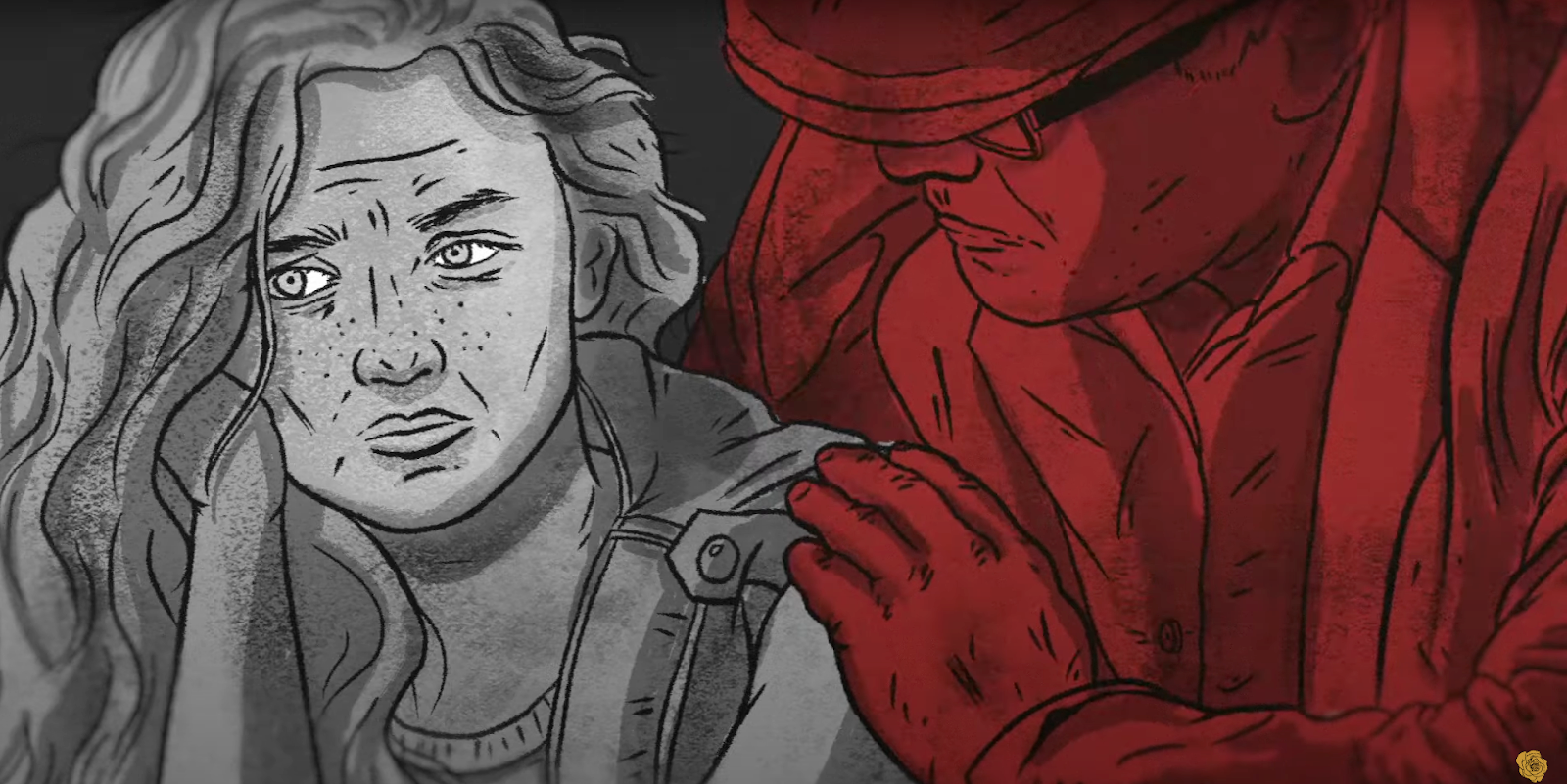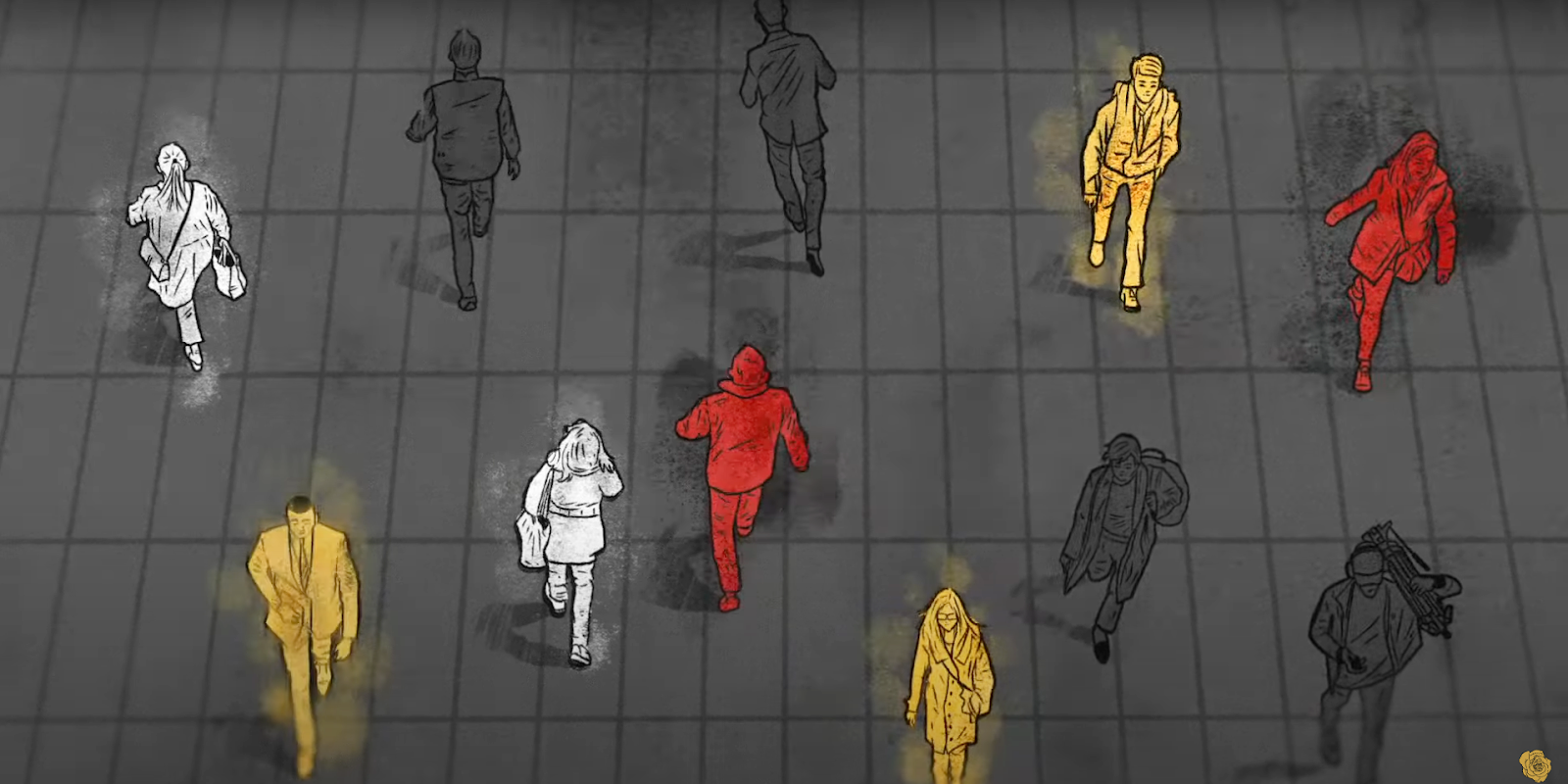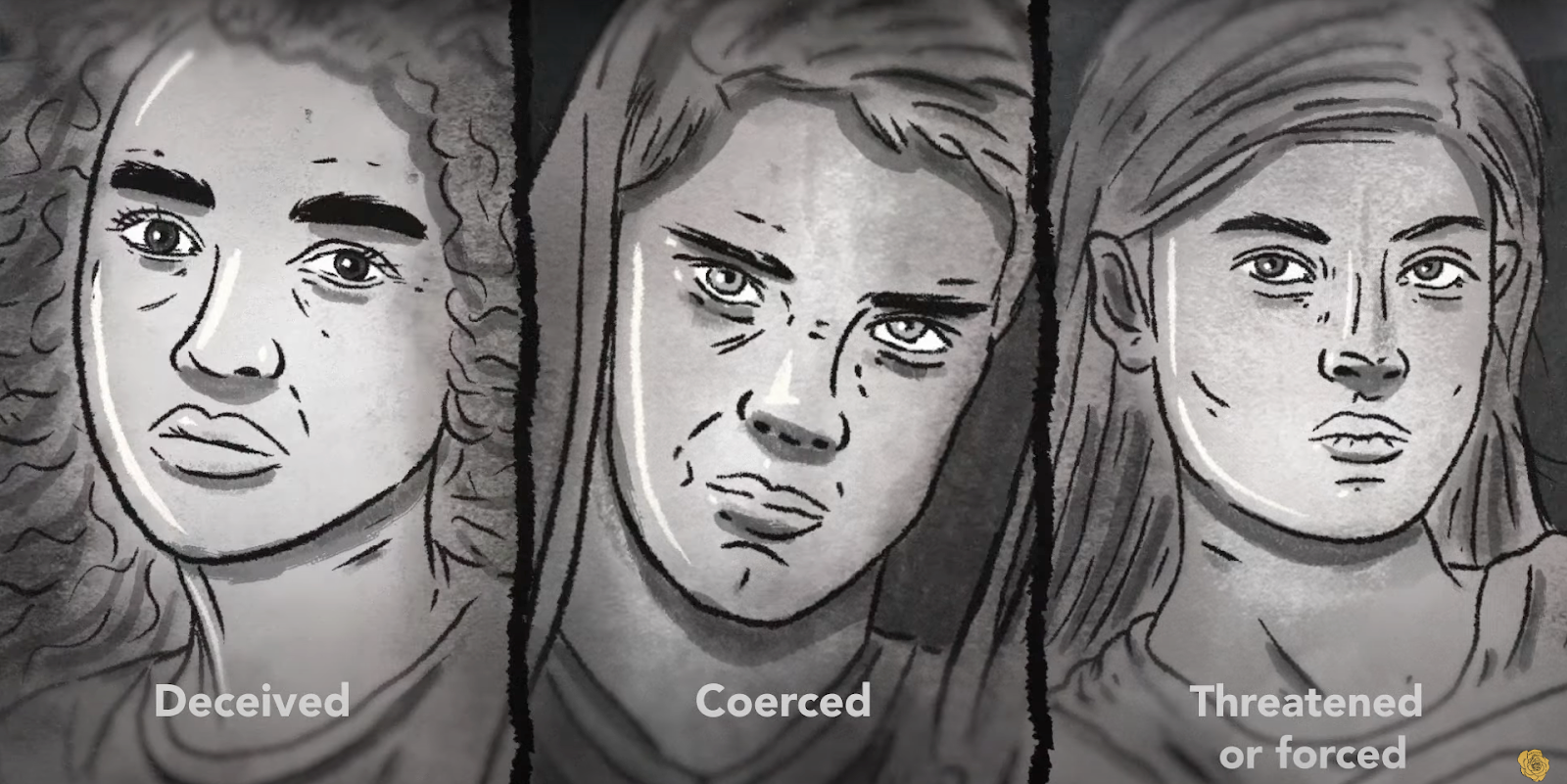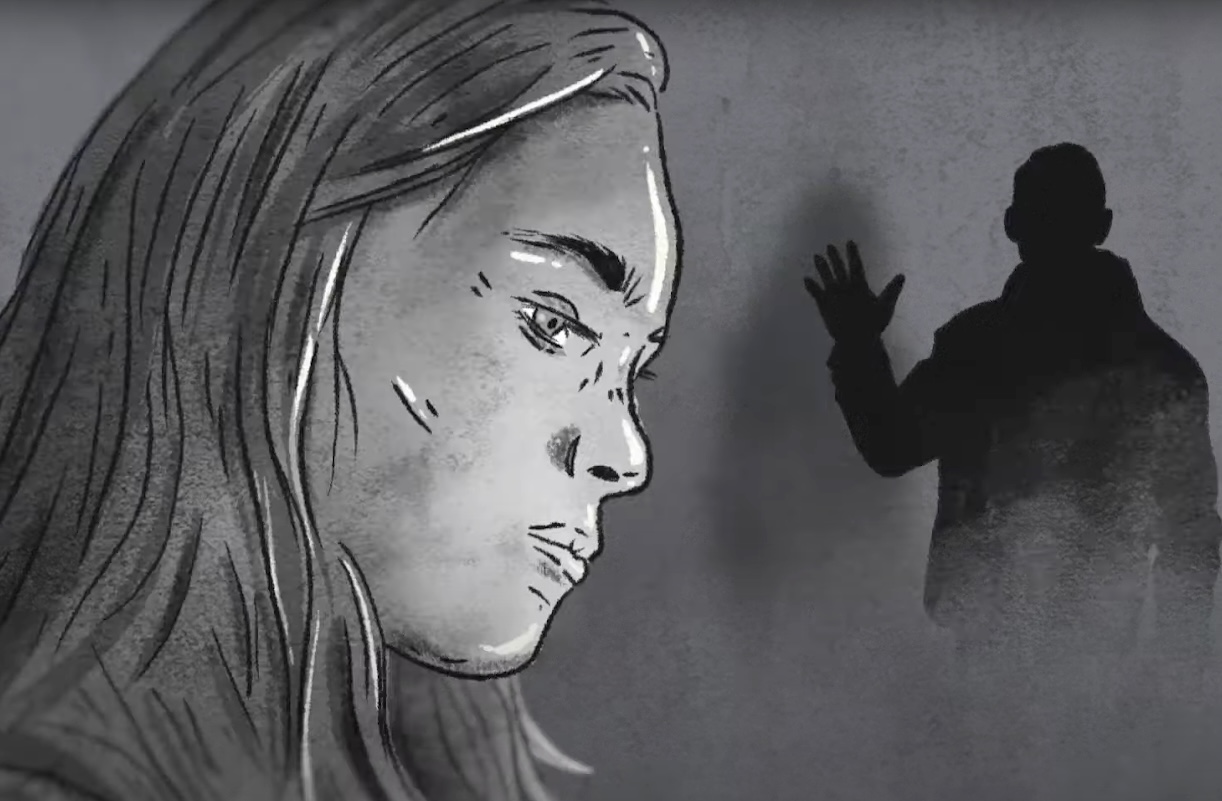Human traffickers are master manipulators, skilled at identifying vulnerabilities and exploiting them for personal gain. #NotInMyCity sat down with Supt. Marc Cochlin, the CEO of the Alberta Law Enforcement Response Teams (ALERT), to learn about the tactics traffickers use to manipulate and coerce their victims.

The Psychological Tactics of Traffickers: The “Romeo” Approach and the “Debt Bomb”
Traffickers deploy a range of psychological tactics, including the ‘Romeo’ approach and the ‘debt bomb,’ to gain and maintain control over their victims. The Romeo approach involves traffickers building an emotional bond with their victims, often through love, trust, and promises of a better future. It may start with what appears to be a genuine romantic relationship but quickly turns into something sinister. The trafficker carefully studies their victim’s needs and desires, offering emotional support and material gifts to foster dependence. Once the trafficker has gained the victim’s trust, they turn the relationship into a financial obligation, introducing the debt bomb—a claim that the victim owes money for gifts, trips, or living expenses.
As Cochlin explains, “Traffickers exploit those vulnerabilities, whether emotional, financial, or familial, and use them to create a cycle of dependency that victims struggle to break.”

Patient and Calculated: How Traffickers Identify and Exploit Vulnerabilities
Traffickers are patient and calculated, observing their targets to uncover emotional gaps, insecurities, and desires. They listen closely to discover family issues, financial problems, or unmet aspirations. By presenting themselves as the solution, they lure victims into a trap that quickly escalates into psychological, emotional and physical abuse. The manipulation often leaves victims feeling isolated and powerless to seek help.

The Role of Coercion, Shame, and Fear in Control
This psychological warfare is further intensified through coercion, shame, and fear. Traffickers may use veiled or direct threats to maintain control, such as threatening to expose compromising information or harm the victim’s family. The shift from what appeared to be a loving relationship to a coercive and exploitative situation often happens subtly, making it difficult for victims to recognize the danger until they are deeply entrenched.
“The traffickers are highly calculated,” Cochlin notes. “They are masters of creating a false sense of security, often presenting themselves as the only source of help, which makes it harder for victims to break free.”
Recognizing the Warning Signs
Recognizing these tactics is vital for prevention. Parents, guardians, and community members should watch for warning signs such as sudden changes in behaviour, new and expensive gifts, or withdrawal from usual activities. Increased secrecy about relationships or online activities could also be red flags. Awareness and open communication can help protect vulnerable individuals and disrupt traffickers’ methods.

How Community Action Can Help
Community education and collaboration with organizations like #NotInMyCity can help raise awareness about these tactics and equip individuals with the knowledge needed to intervene. #NotInMyCity offers an interactive e-learning course that can help people understand trafficking, the signs and what to do to help. By fostering strong community networks and promoting open conversations, we can help identify risks early and offer support to potential victims before they fall deeper into exploitation.
Conclusion: A Collective Responsibility
The fight against human trafficking is a collective responsibility. Traffickers rely on secrecy and manipulation, but when communities are vigilant and informed, their methods become easier to spot and disrupt. As Cochlin emphasizes, “When we work together, sharing knowledge and resources, we create stronger defenses against traffickers and give victims a better chance at recovery.”
By recognizing the signs and fostering awareness, we can break the cycle of exploitation and offer hope and safety to those at risk.


